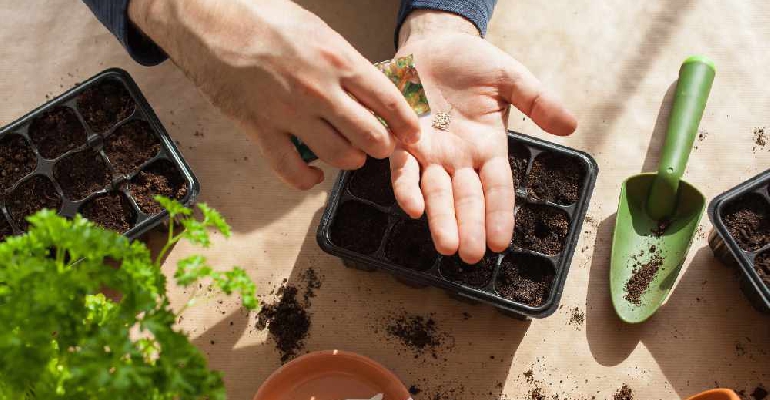
Garden centres are gearing up for the great seed-sowing season, but there are so many different types of seeds to choose from. What to buy? Flo Whitaker explains...
Who can resist buying seeds? Not me. Confronted by 100s of seed packets, each one bearing a more beguiling picture than the last, I always come home with far more than I intended. To the novice gardener, unfamiliar phrases and odd symbols on seed packets can seem like an unfathomable Tolkien-esque language, but persevere – the small print gives you all the information you need. Pay particular attention to the conditions the plant requires, (sun or shade?). Its height/width potential is also important. Seeds are not an indication of eventual size – big plants can start out as tiny seeds! And what about that mysterious coding; HA,
HHA and so on? Here’s a brief guide: An ‘annual’ is a plant that quickly grows to maturity, produces seed, then dies, all within one growing season/year. Annuals are spilt into two groups.
Hardy Annuals, (labelled ‘HA’ on seed packets) are tough characters and are an excellent choice for inexperienced gardeners. In the natural environment, seed from (say) a poppy, falls into the soil and remains dormant throughout winter as it waits for spring to arrive. However, in a mild autumn, the seed may start to grow. Plants are clever; hardy annual seedlings will gamble a few degrees of frost for the greater reward of having a head start in spring.
You can sow hardy annuals directly into the border without having to faff about with seed trays and compost. Reliable old favourites that can be sown this way include calendula, poppies, gypsophila, nigella and Salvia viridis. Half-hardy annuals, (‘HHA’) have the same annual lifespan but demand a little more care. Best sown in seed trays, they require some indoor warmth and can be planted outdoors in May when all danger of frosty weather has passed. The half-hardy brigade includes beauties such as cosmos, nasturtium, ipomoea and nicotiana.
Biennials, (‘B’) take two seasons to develop. Sown outdoors in trays during July-August, wallflowers, sweet William, ammi, lunaria and foxgloves will make strong-rooted plants that
can be planted into the borders in October. Come spring, they’ll grow away at a tremendous rate; quickly becoming mature, flowering plants that will set seed from mid-late summer and start the biennial life cycle all over again. Don’t assume that perennial (‘P’) means ‘lives forever’.
Technically-speaking,a perennial plant is only required to live longer than a biennial. Lupins and delphiniums are notoriously short-lived perennials and have a tendency to wear themselves out after just a few years. At the other extreme, a tree peony seedling may go on to live for 100 years.
Seed sowing is a highly addictive business. You’ll start by growing a humble saucer of cress and before you know it, you’ll be germinating orchids in the airing cupboard. You
have been warned!

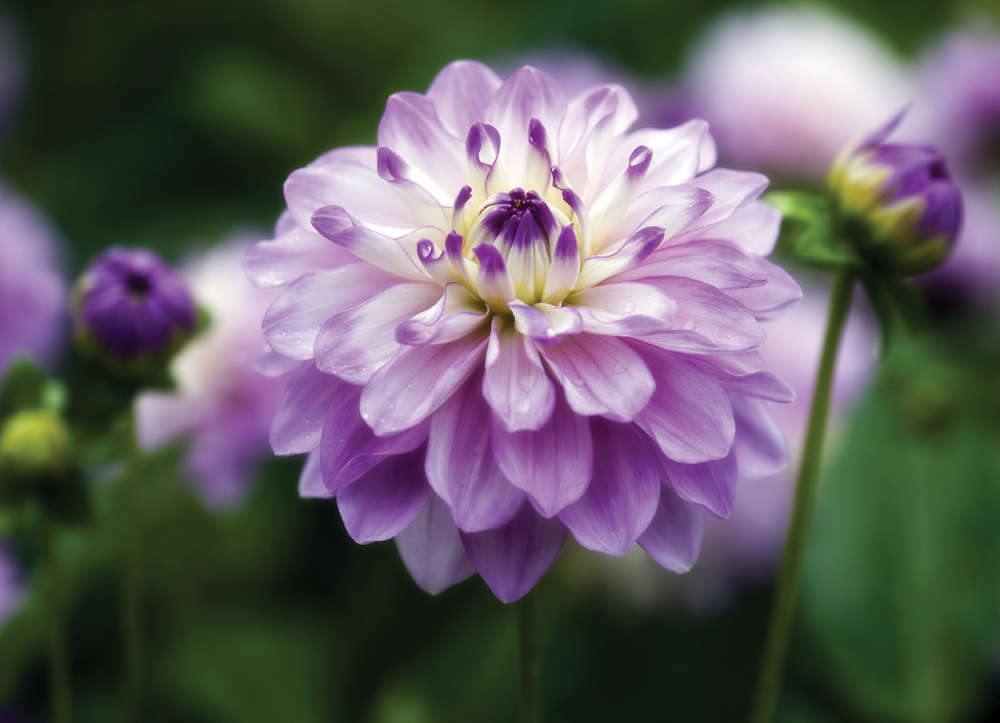 Blooming Times: Dahlia Mania
Blooming Times: Dahlia Mania
 How to Create 3D Walls in Your Home
How to Create 3D Walls in Your Home
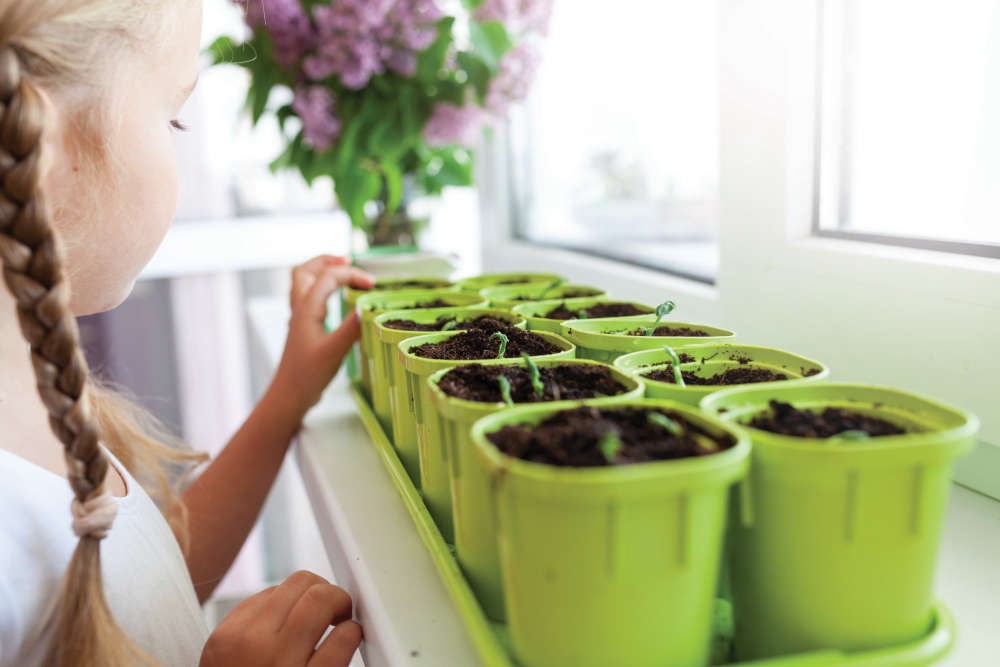 Blooming Times: Spring Fever
Blooming Times: Spring Fever
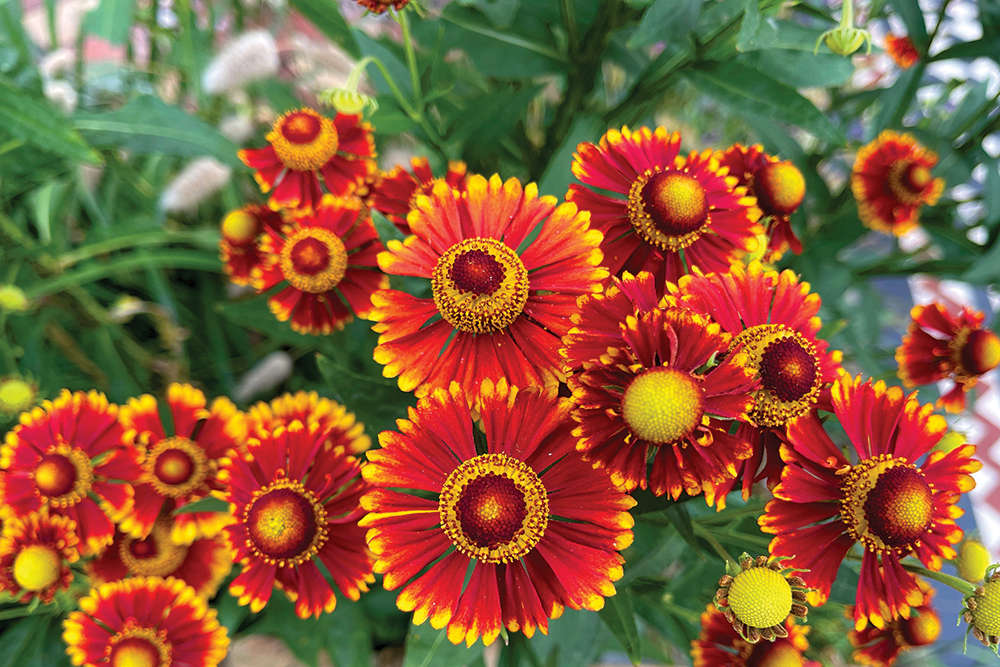 Blooming Times: What's in a Name?
Blooming Times: What's in a Name?
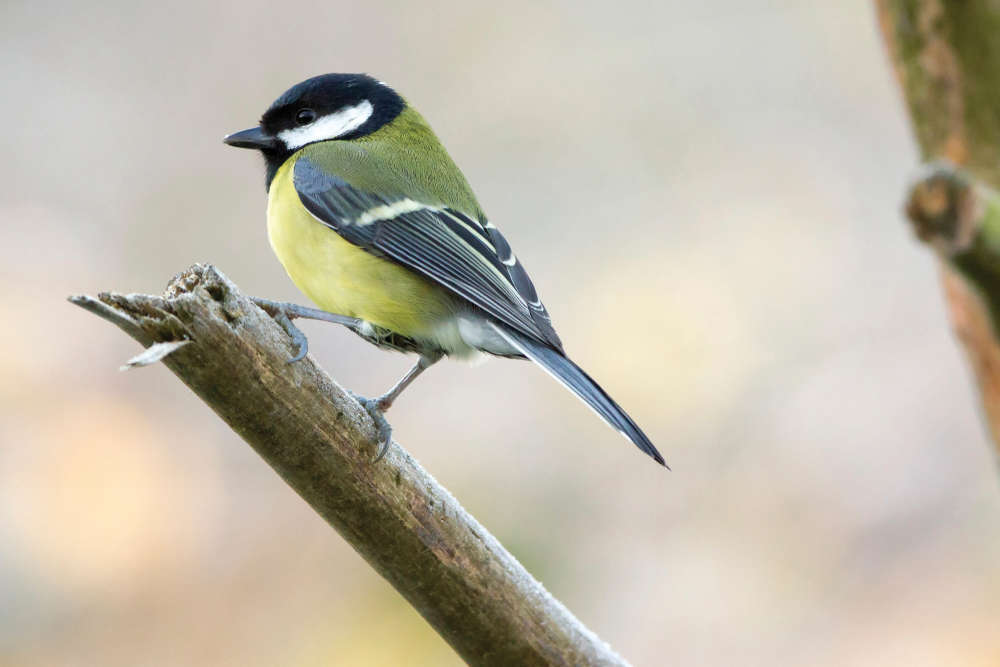 Top 10 Garden Birds to Spot on the Isle of Wight
Top 10 Garden Birds to Spot on the Isle of Wight
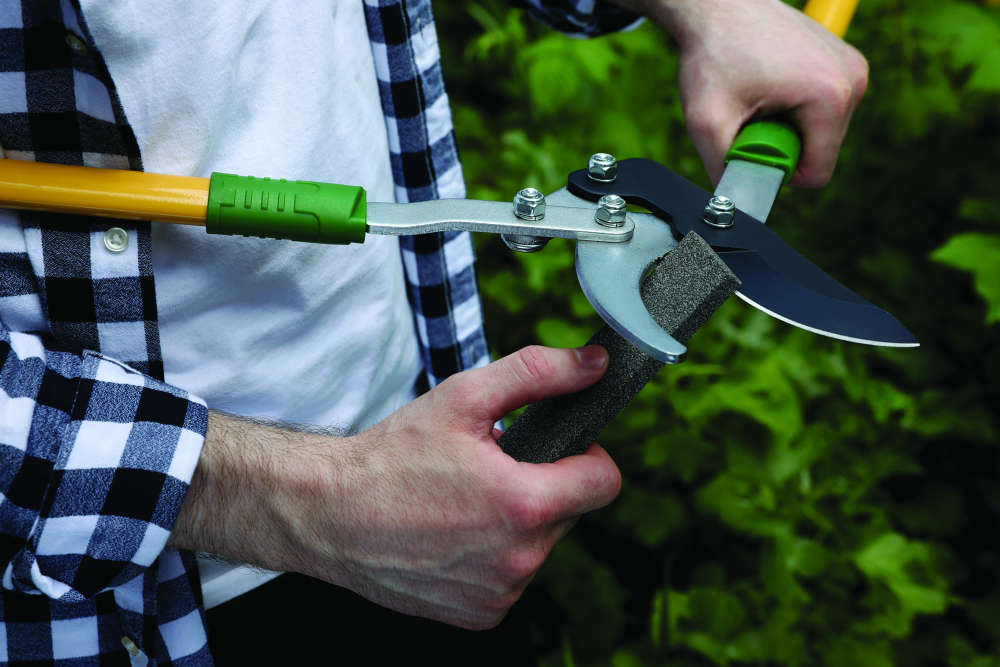 The Best Christmas Gifts for Gardeners
The Best Christmas Gifts for Gardeners
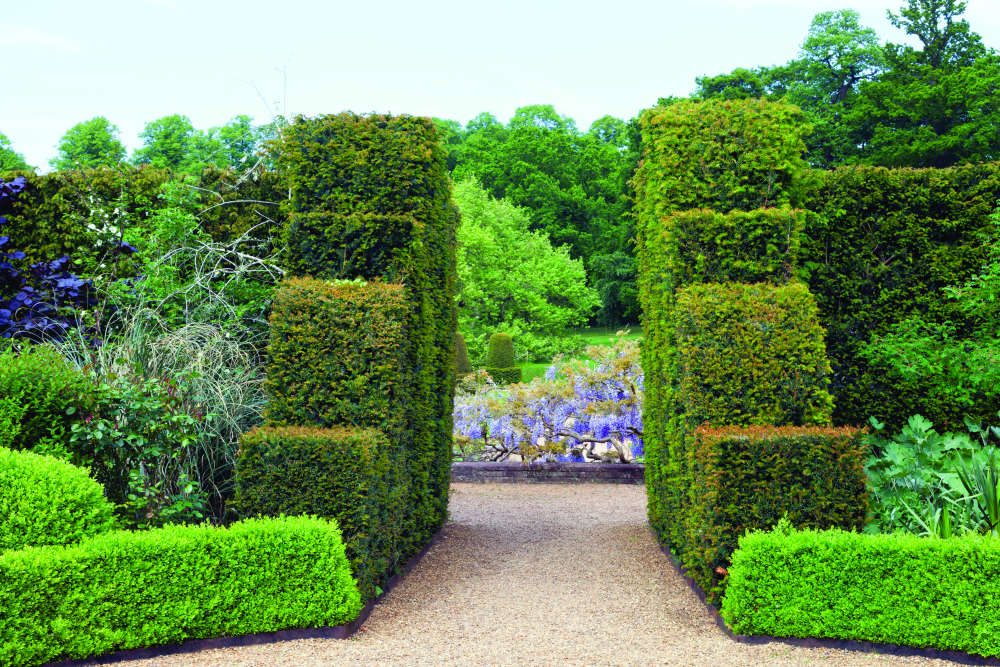 Gardening: The Benefits of Hedges
Gardening: The Benefits of Hedges
 How to Create a Happy Home Workspace
How to Create a Happy Home Workspace
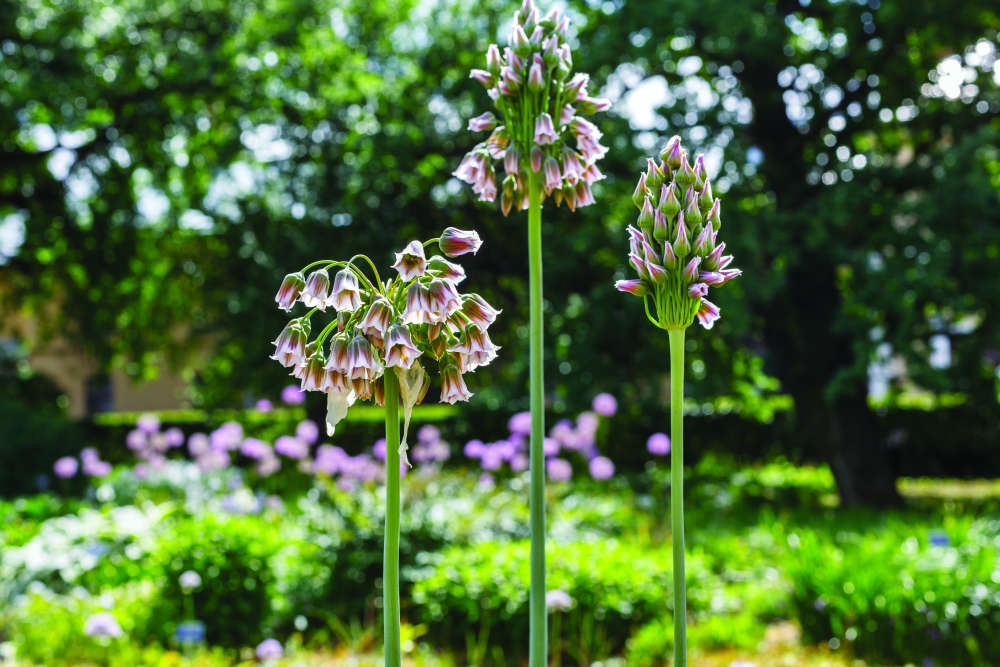 Now's the Time to Plant Alliums for a Spectacular Display Next Year
Now's the Time to Plant Alliums for a Spectacular Display Next Year
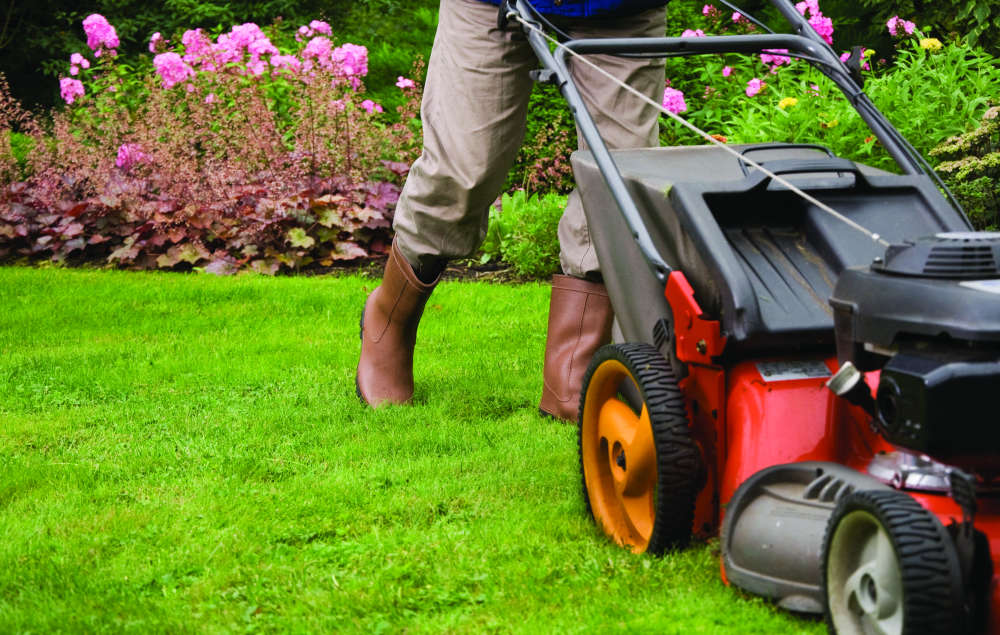 Gardening Facts or Fictions?!
Gardening Facts or Fictions?!
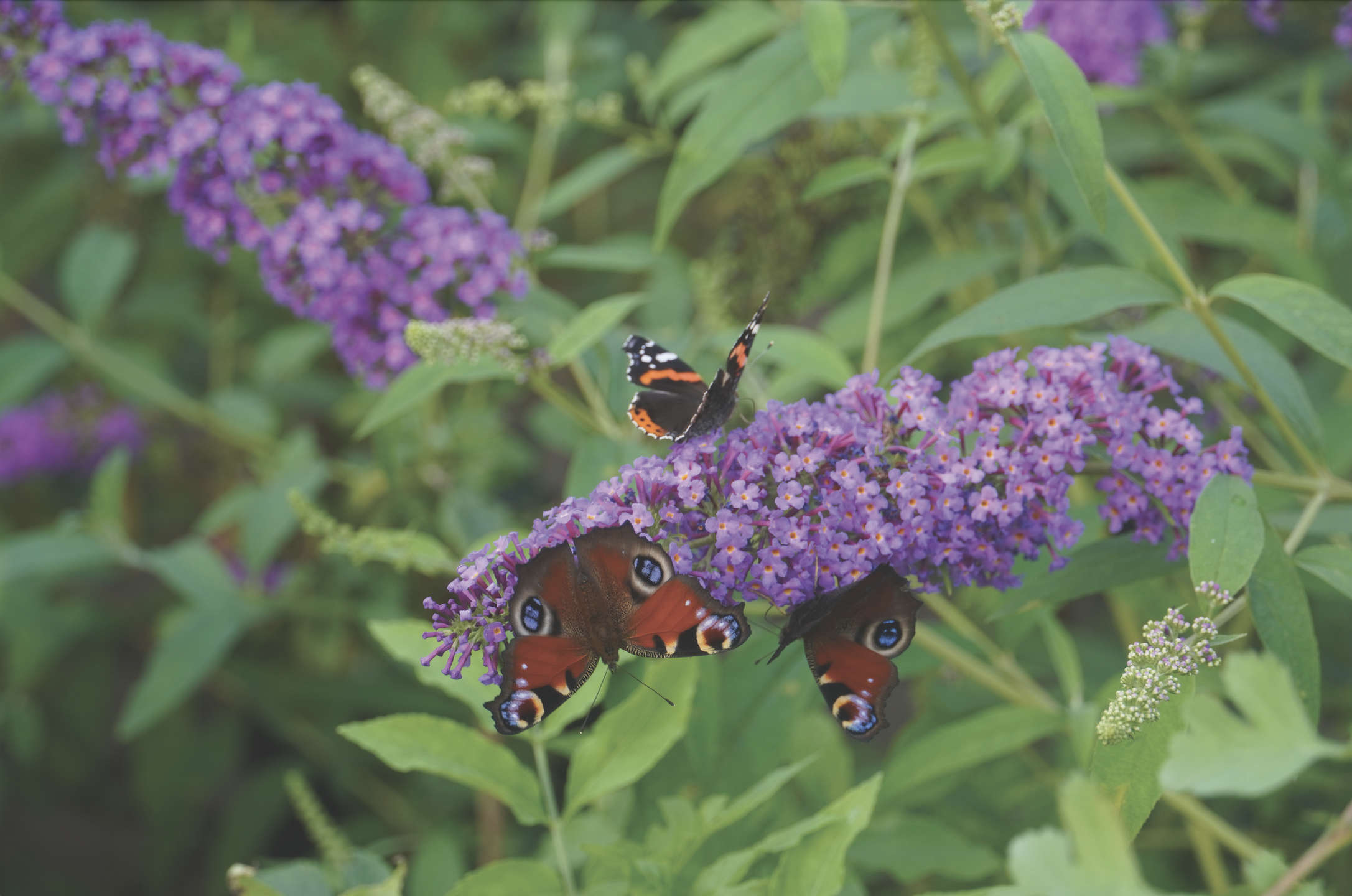 Fill The Gaps in Your Garden With Stunning Shrubs
Fill The Gaps in Your Garden With Stunning Shrubs
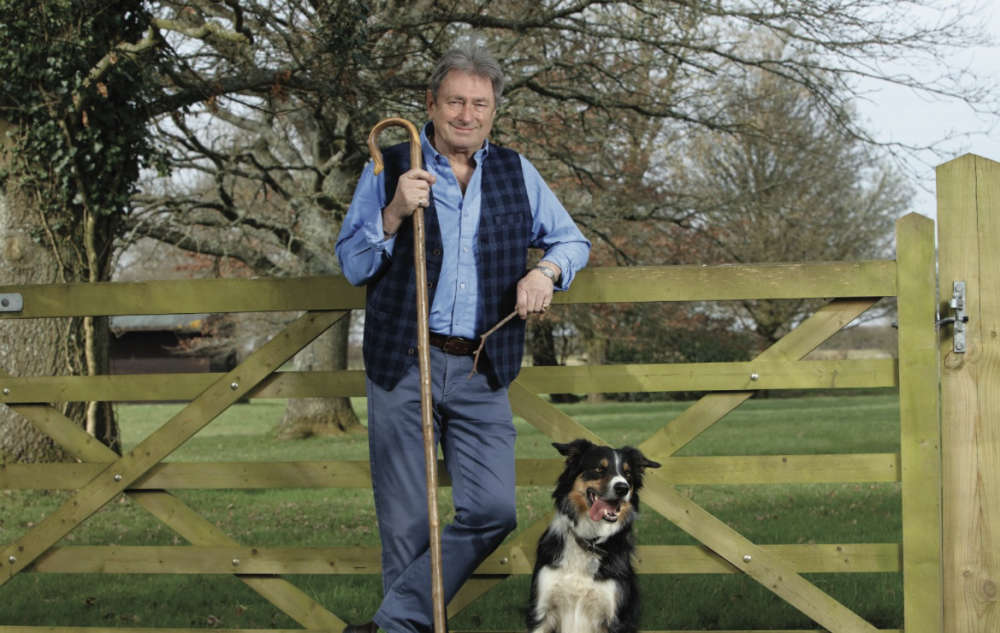 Summer in the Garden: The Alan Titchmarsh Column
Summer in the Garden: The Alan Titchmarsh Column
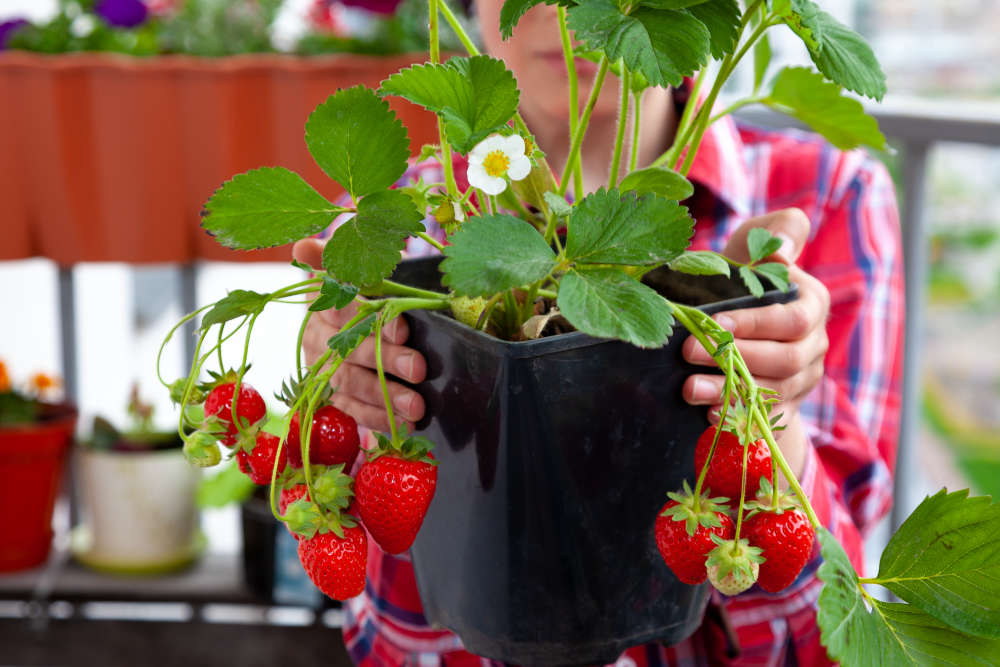 Grow Your Own Strawberries
Grow Your Own Strawberries
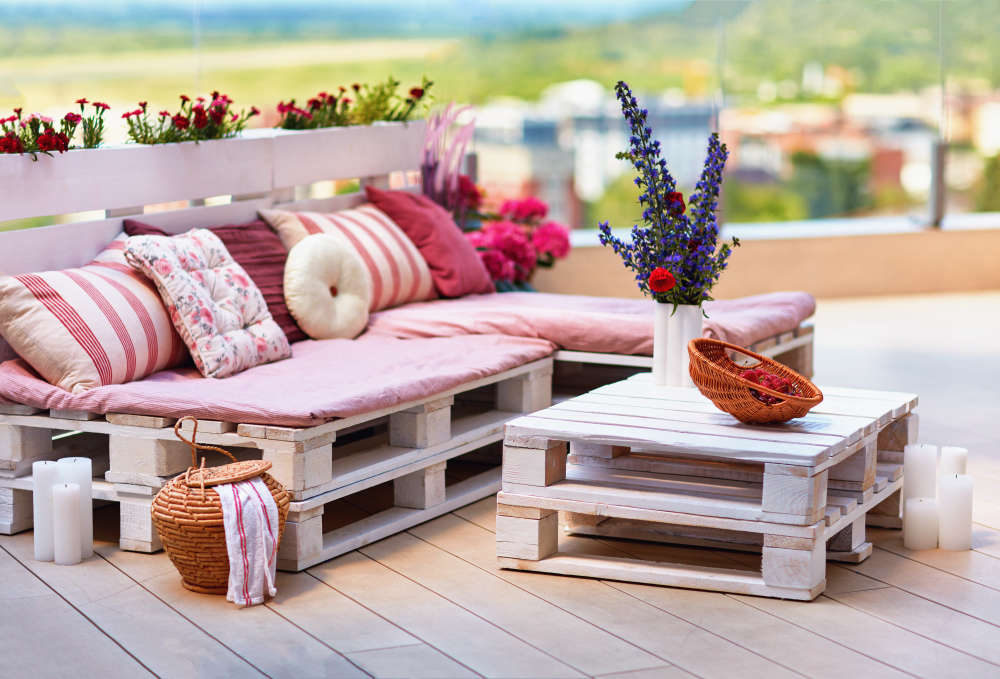 How to Make a Garden Sofa Out of Pallets
How to Make a Garden Sofa Out of Pallets
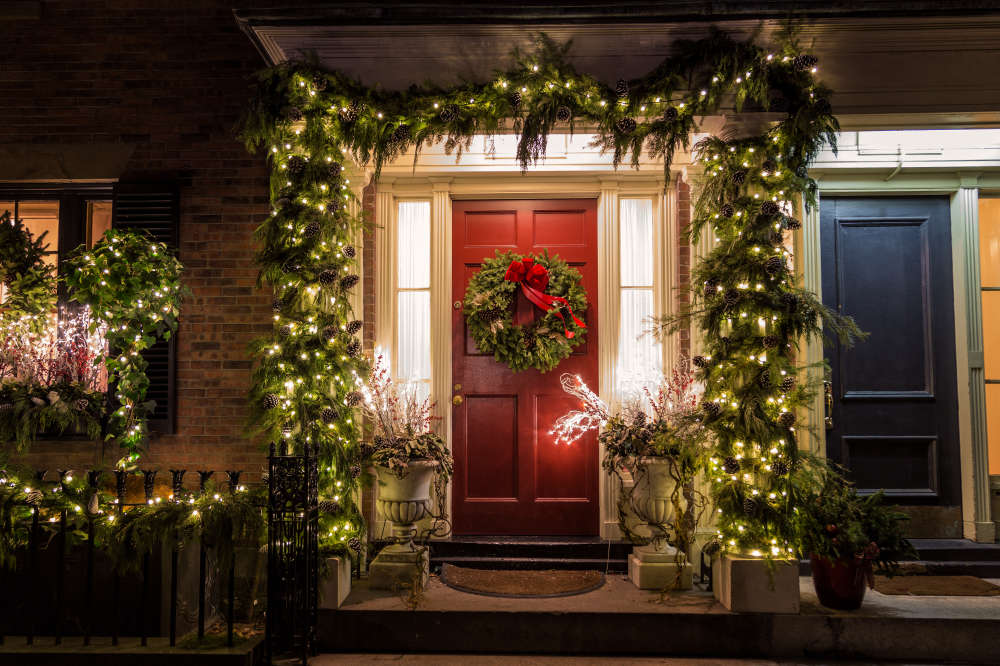 How to Create a Festive Garden
How to Create a Festive Garden
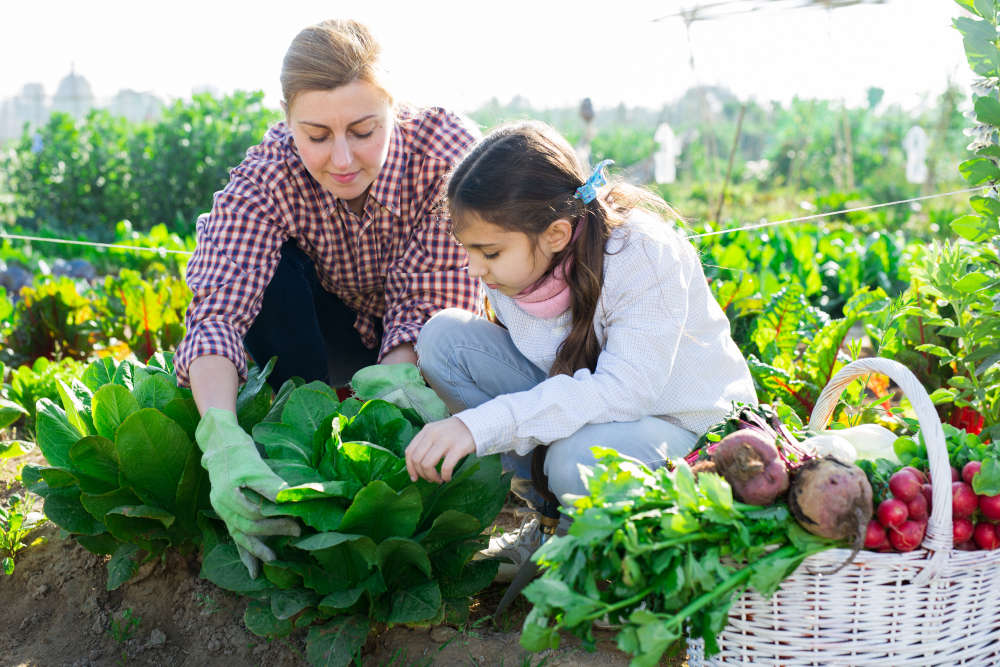 The Alan Titchmarsh Column: The Next Generation of Green-Fingered Gardeners
The Alan Titchmarsh Column: The Next Generation of Green-Fingered Gardeners
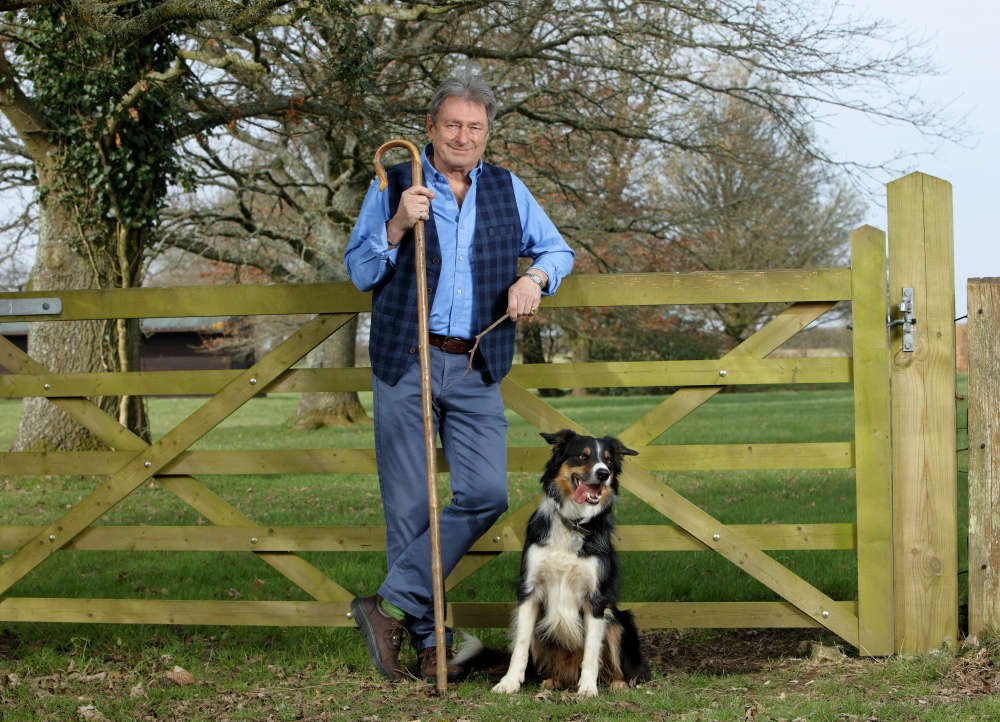 The Changing Seasons By Alan Titchmarsh
The Changing Seasons By Alan Titchmarsh
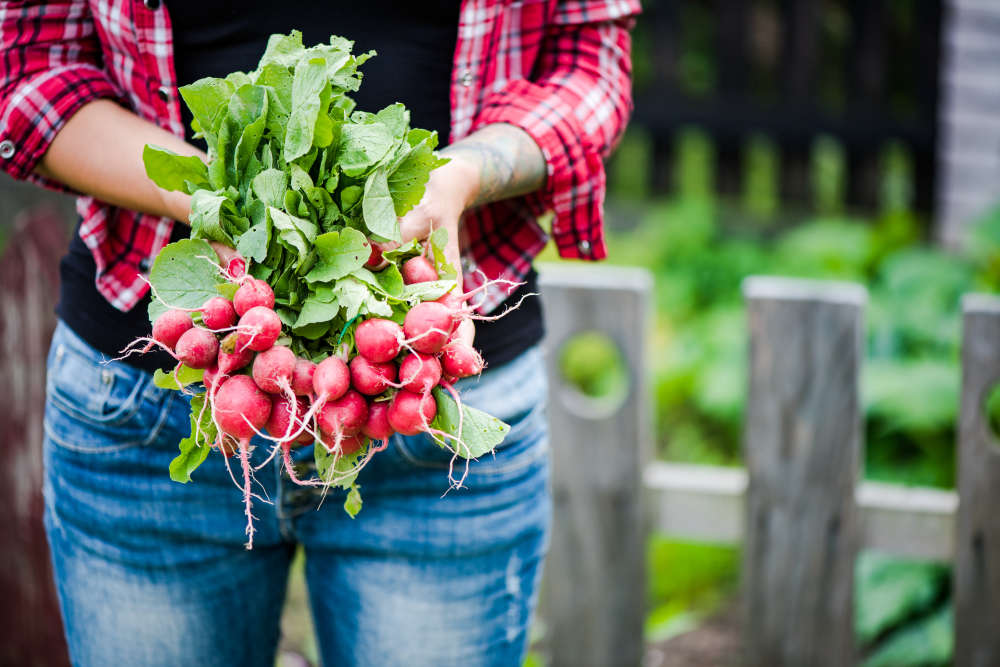 How to Grow Incredible Edibles
How to Grow Incredible Edibles
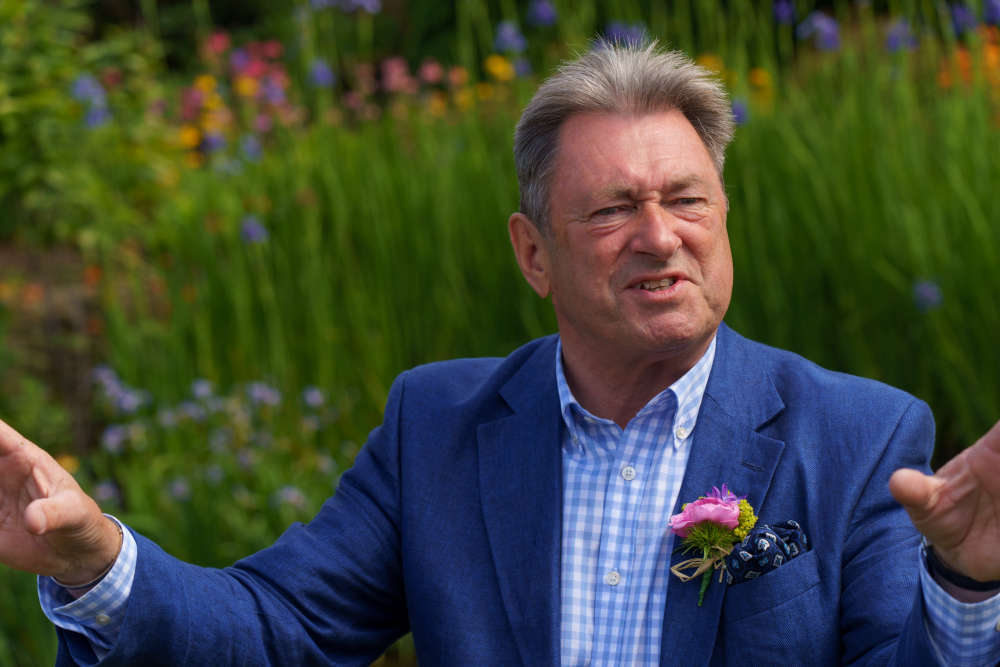 Alan Titchmarsh Talks Of Common Mistakes Gardeners Make
Alan Titchmarsh Talks Of Common Mistakes Gardeners Make
 Why Many Plants Prefer Life In The Shade
Why Many Plants Prefer Life In The Shade